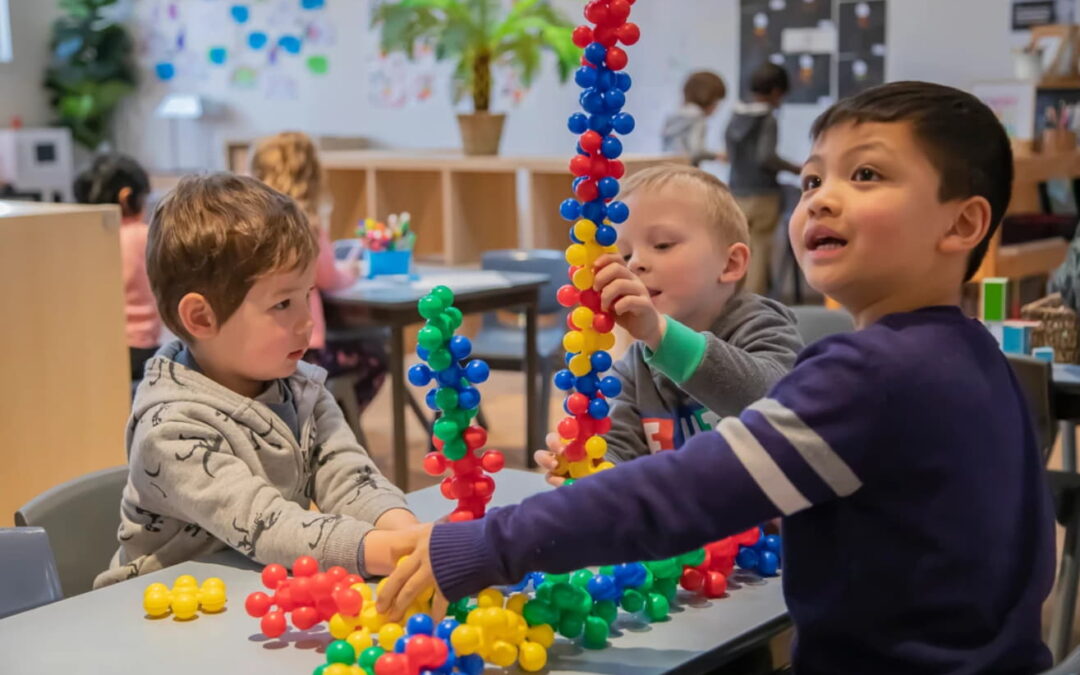Early childhood is a crucial phase in a child’s life where they experience rapid development and learning. The Early Years Learning Framework (EYLF) plays an instrumental role during this stage, providing a structured approach to early childhood education. This framework revolves around 5 EYLF outcomes that aim to shape children’s learning and development. Let’s delve into these outcomes and understand their significance.
A Strong Sense of Identity
The first outcome focuses on fostering a strong sense of identity in children. This involves making them feel safe, secure, and supported. By promoting a child’s individuality and self-worth, educators can help them develop confidence and resilience. This outcome paves the way for children to express their feelings and thoughts effectively, thus becoming competent communicators.
Connectedness and Contribution
The second outcome emphasizes that children should feel connected with their surroundings and contribute to their world. It encourages children to interact with their environment, which includes both people and things. This interaction helps children understand different perspectives, respect diversity, and learn to cooperate and negotiate with others.
Wellbeing and Active Learning
Well-being forms the third outcome of the EYLF. It stresses the importance of physical health, emotional well-being, and social competence. It encourages children to take active roles in their own learning, helping them develop a sense of autonomy and independence.
This leads us to the fourth outcome, which underscores the role of active learning. Children are naturally curious and eager to explore their surroundings. By encouraging this curiosity, we can foster a love for learning that extends beyond the early years.
Effective Communication
The fifth and final outcome of the EYLF is to ensure that children become effective communicators. It involves developing their language skills, including verbal and non-verbal communication. This outcome also encompasses early literacy and numeracy skills, enabling children to express their ideas, thoughts, and feelings.
The Role of the Learning Stem
Incorporating the learning stem concept into the EYLF outcomes can further enhance children’s learning experience. This approach combines Science, Technology, Engineering, and Math (STEM) principles in a way that is engaging and relevant for young learners. By integrating these principles into early childhood education, we can stimulate children’s curiosity, creativity, and problem-solving abilities, preparing them for the challenges of the 21st century.
Conclusion
The 5 EYLF outcomes offer a comprehensive approach to early childhood learning and development. They encompass various aspects of a child’s life, from their identity and well-being to their ability to connect with their world and communicate effectively. By adopting these outcomes, educators can provide a supportive and enriching environment that nurtures children’s growth and prepares them for future learning experiences.
